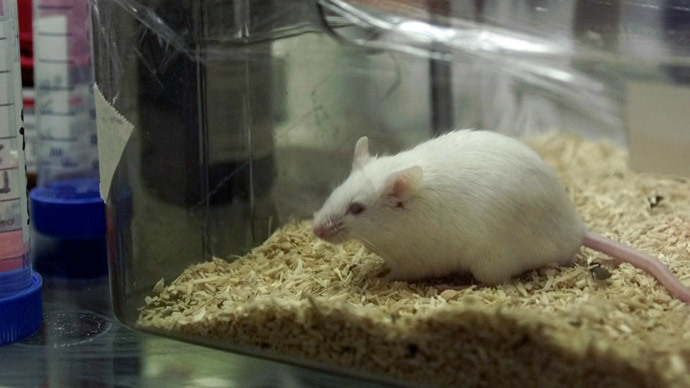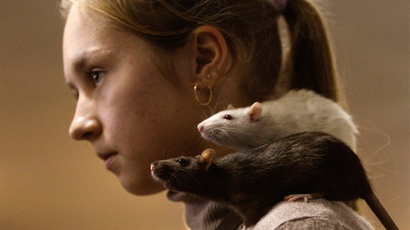Spare parts for people? Stem cell-generated human intestine grown in lab mouse

Researchers have successfully transplanted functioning human intestinal tissue grown from stem cells into mice. The breakthrough could revolutionize the production of spare organs for people, using cells from their own bodies.
“These studies support the concept that patient-specific cells can be used to grow intestine,” Michael Helmrath, the study leader and surgical director of the Intestinal Rehabilitation Program at Cincinnati Children’s Hospital Medical Center said.
Read more: Genetically modified pigs survive human stem cells transplantation
Helmrath said the advance would allow doctors to study a raft of intestine related health conditions, both congenital ones and those which appear later in life, including cancer and Crohn’s disease.
“These studies also advance the longer-term goal of growing tissues that can replace damaged human intestine,” he added.
The team’s results were published online in Nature Medicine on Sunday.
The scientists used pluripotent stem cells (iPSCs) – which can variegate into various human tissue types in the body – to grow the intestinal organ-bud in a laboratory.
The tiny specks of human intestine were then grafted onto the mice’s kidneys. With the necessary blood supply, the intestinal fragments were able to balloon from a single stem cell to a thumb-sized glob within six to eight weeks.
By this point, the miniature intestine also managed to perform many of the functions integral to digesting foodstuffs and absorbing nutrients.
The mice, incidentally, were genetically engineered so their immune systems wouldn’t reject the introduction of human tissues.
The researchers believe that by using cells generated from a patient’s own body, the risks and cost of life-long treatment against transplant rejection can be mitigated.
“The idea is that one day it may be possible to grow replacement tissues within the patient without the need for an organ transplant. It essentially uses the ability of cells themselves to self-organize into a working organ,” Helmrath said.
The team, however, says the procedure is only in its infancy, and years more research will follow before using lab-grown tissue replacement will become a standard procedure.
More immediate benefits, including the acceleration of drug development and progress towards personalized medicine, may soon be on offer.














